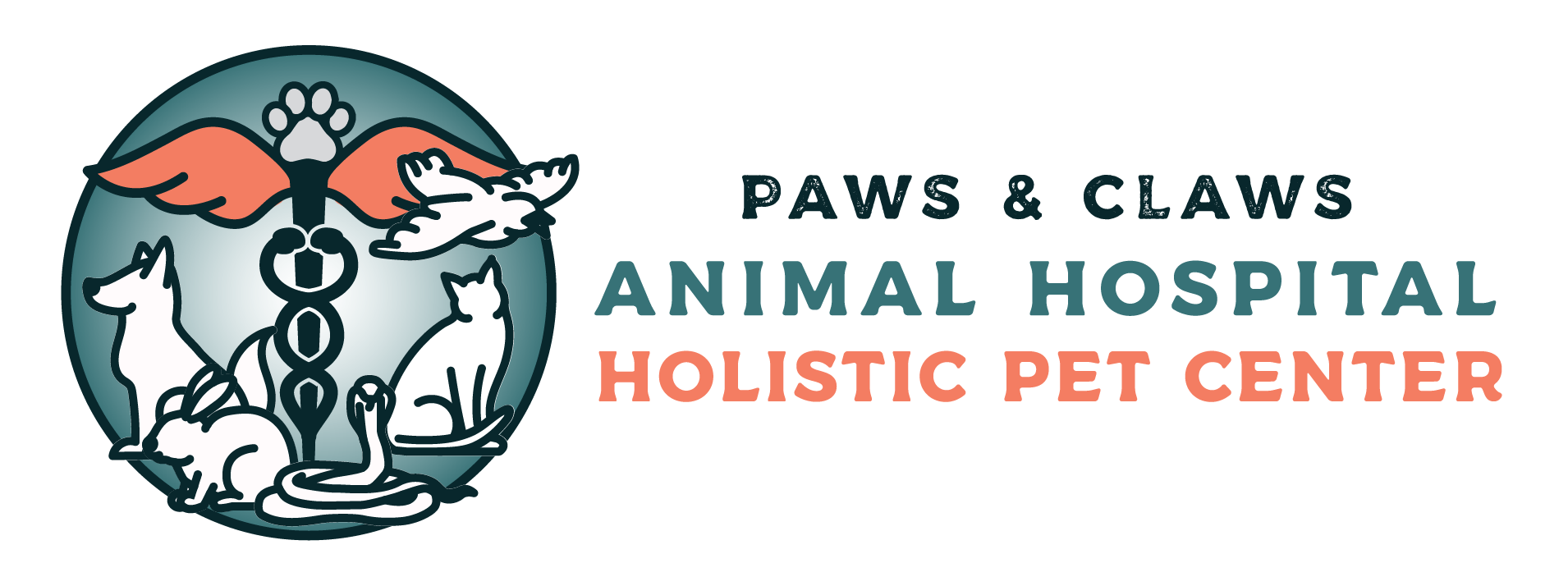Aside from offering a more natural approach to animal healthcare, how does a holistic veterinarian’s day differ from his conventional counterparts?
If you’re thinking of switching to a holistic veterinarian, you probably have some questions. Along with providing alternative treatments and therapies like acupuncture, supplements, or homeopathy, how does a holistic hospital differ from a mainstream one? I’m often asked just what it is holistic vets do, and how our days compared to those of our conventional colleagues.
To start with, holistic vets have two categories of clients, unlike conventional doctors.
The first are usually regulars of the practice who come in for wellness care. Their dogs and cats are typically seen annually for a checkup. This includes blood titer testing to replace unnecessary vaccines, as well as other typical lab tests:
- A blood profile to monitor organ function and allow for early screening for cancer and other inflammatory conditions
- A fecal analysis to screen for intestinal parasites
- A blood test to screen for heartworm infection
- A urinalysis to check for disorders of the urogenital system, liver, and pancreas.
The lab tests are done every six months for animals five years of age and older, and titer testing is done annually regardless of age. In addition to this wellness care, which is designed to allow for early disease diagnosis and treatment, these regular patients are seen for other things such as dental cleanings and the removal of tumors and cysts. In general, these patients tend to stay very healthy due to the holistic approach favored by the doctor and the animals’ parents; rarely do they develop severe problems that require aggressive treatment.
The other client category encompasses those seeking a more natural approach to disease prevention/wellness in their dogs or cats, or whose animals suffer from chronic illnesses. These illnesses can include cancers, immune disorders, allergies, seizures, arthritis, disc problems, and diseases of the internal organs. Typically, these people prefer a safer, more natural approach to treatment rather than using conventional medications over the long term. Often, their animals have not been helped by conventional doctors, or have been turned away because their cases are diagnosed as “hopeless” by mainstream medicine. While holistic vets love keeping their regular patients healthy and free of disease, the real challenge and satisfaction come from helping the “hopeless” cases.
A day in the Life of a Holistic Vet
What follows is an example of a typical day at my clinic – a day very similar to those experienced by my colleagues in the holistic field.
- First appointment: A regular patient comes in for his biannual visit. It involves examination, a discussion of any concerns with his person, and lab tests (blood, urine, feces) for diagnostic evaluation. His supplements are refilled to maintain his health.
- Second appointment: A patient returns for laser/acupuncture treatment for his arthritis.
- Third appointment: Another patient is dropped off for dental cleaning using holistic anesthesia, and the removal/biopsy of small skin tumors. Both procedures are performed, dental radiographs are taken, and blood is drawn for the early detection of cancer.
- Three animals are dropped off for continued fluid therapy and detoxification for liver and kidney disease.
- Another is dropped off for a cardiac ultrasound to evaluate heart murmur/disease.
- Lunch break: Charts for hospitalized animals are reviewed, and service codes are updated. Some time is spent responding to client emails, working on an article, writing a column for the practice newsletter, working on a consulting job for a supplement manufacturer, and/or preparing notes for an upcoming lecture to a local dog club.
- First-afternoon appointment: A phone consultation with someone in California who does not have a local holistic veterinarian includes speaking with her about her animal’s cancer diagnosis and recommended therapy. Various herbal remedies are shipped to help her animal battle the disease.
- Second-afternoon appointment: A new patient with skin disease comes in. He is examined and his medical records reviewed. Due to the chronic nature and severity of his condition, and the lack of a proper diagnosis, blood is drawn and urine and feces collected for evaluation. A skin biopsy and culture are scheduled for the next day.
- Hospitalized pets are released to their families, with discharge instructions.
- Time to go home, after a long day saving lives naturally!
While reading the above, you might have noticed that a holistic doctor sees far fewer patients (usually only half as many) as a conventional vet. This is because we spend more time on each case rather than trying to cram as many appointments as possible into our days. By spending more time with each appointment, we can offer a more personalized approach to an animal’s care, accurately assess each case, and are less likely to misdiagnose a serious problem.
Some holistic vets (including yours truly) also stay busy doing other things. We write books (and articles like this one!) to educate clients and other veterinarians. We speak at veterinary meetings, sharing our passion for the wonderful world of natural healing. Some of us have our own lines of natural products that we use in practice and sell to the public, helping to ensure our patients have access to the best supplements to keep them healthy.
The life of a holistic practitioner is a very busy one, but it’s never boring. Every day presents its own unique challenges as we do our best to help all animals, especially those who haven’t been helped by conventional medicine.
